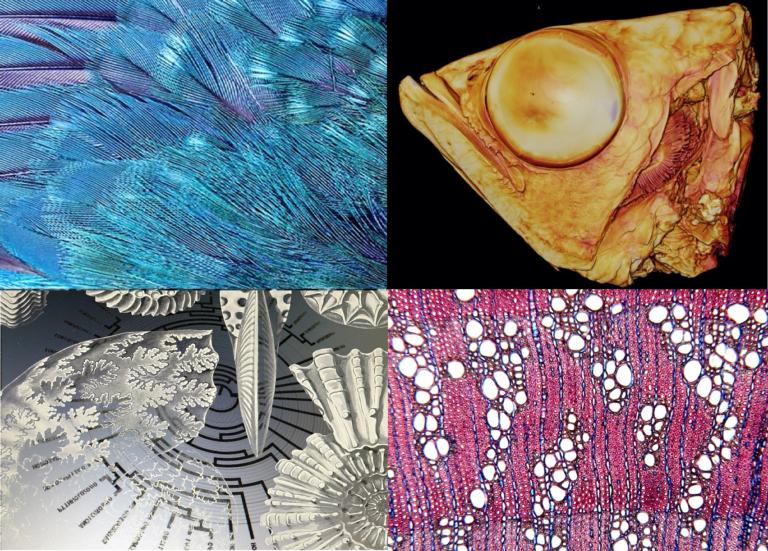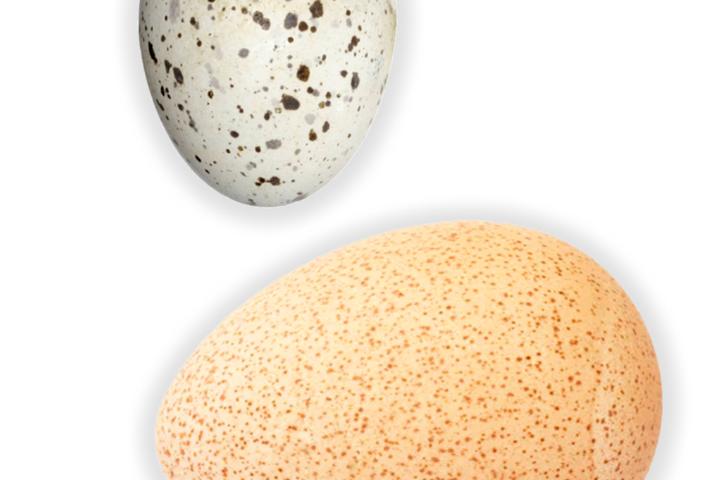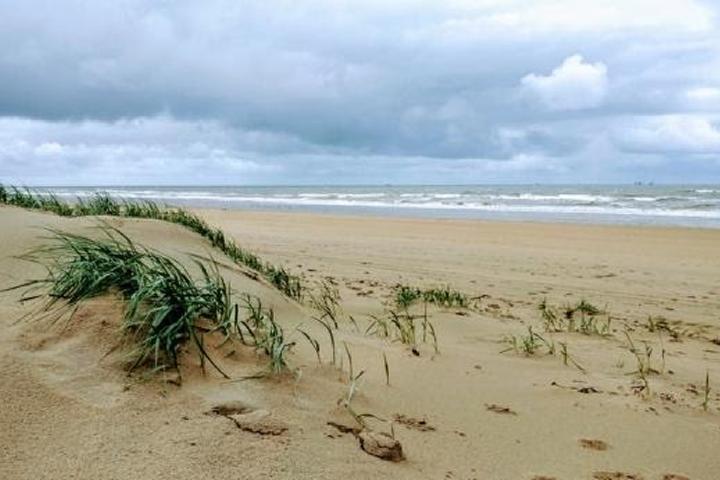
Naturalis offers various internships. For example, there are opportunities for students at both bachelor's and master's level to do an internship at one of our research groups. During such a research internship you focus on one research project, and you help a researcher at exploring and answering one or more research questions. Some of these research projects are part of a larger project, while others stand on their own. In addition to research projects, occasionally there are also internship opportunities in the field of science communication and marketing and within the project ARISE.
The available internships/projects are listed below.
AvailableResearch projects/internships

What makes an egg shiny?
This project examines how eggshell structure influences reflectance beyond human-visible coloration. We will study eggs from bird species with diverse nesting ecologies, using spectrophotometry, microscopy, and statistics to understand what causes…

Taxonomic and functional diversity of sandy beach meiofauna
Sandy beaches are highly important ecosystems for a wide range of species. The most diverse group of animals inhabiting sandy beaches is the meiofauna, which consists of species smaller than 1mm. Due to difficulties in species identification, relatively…
